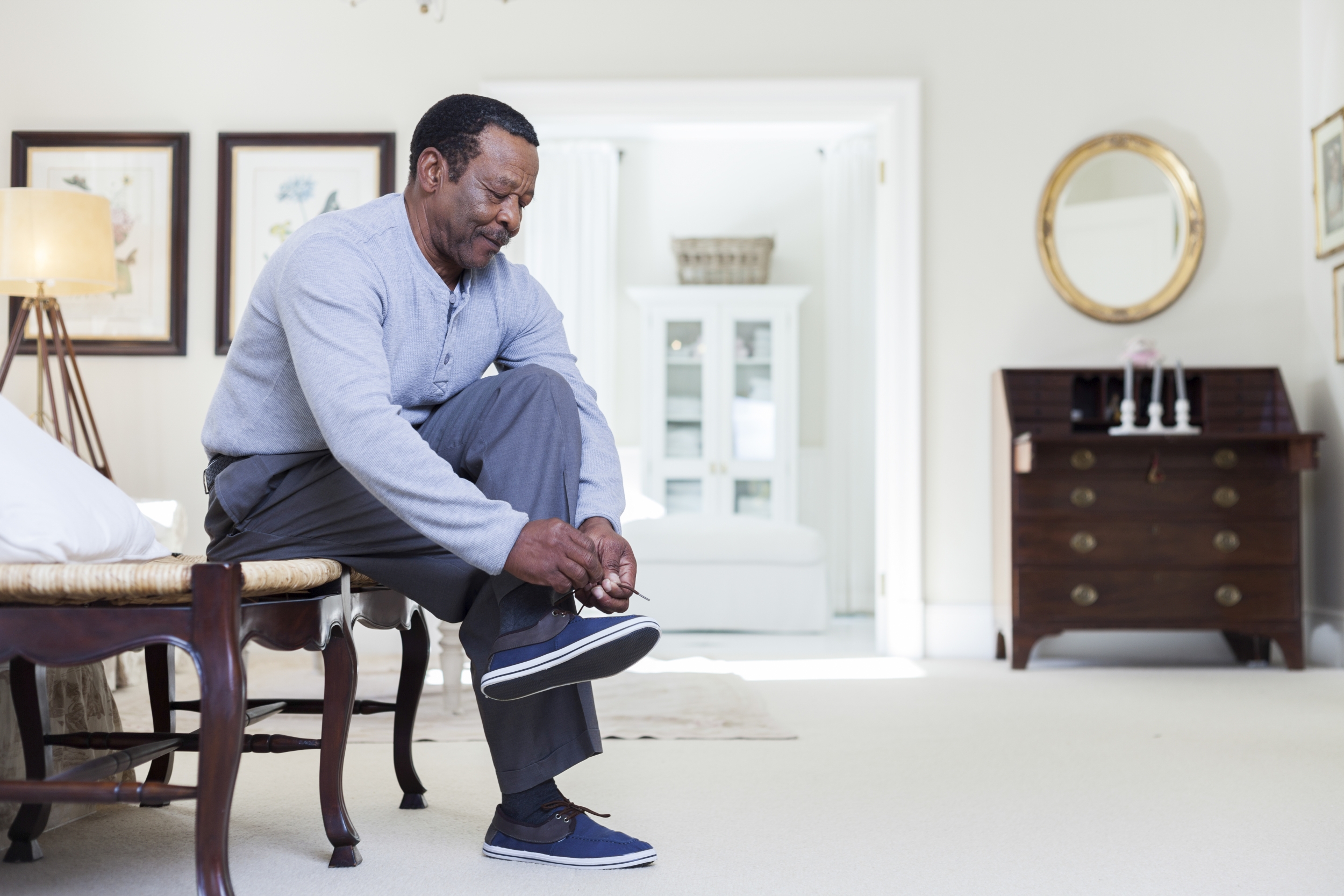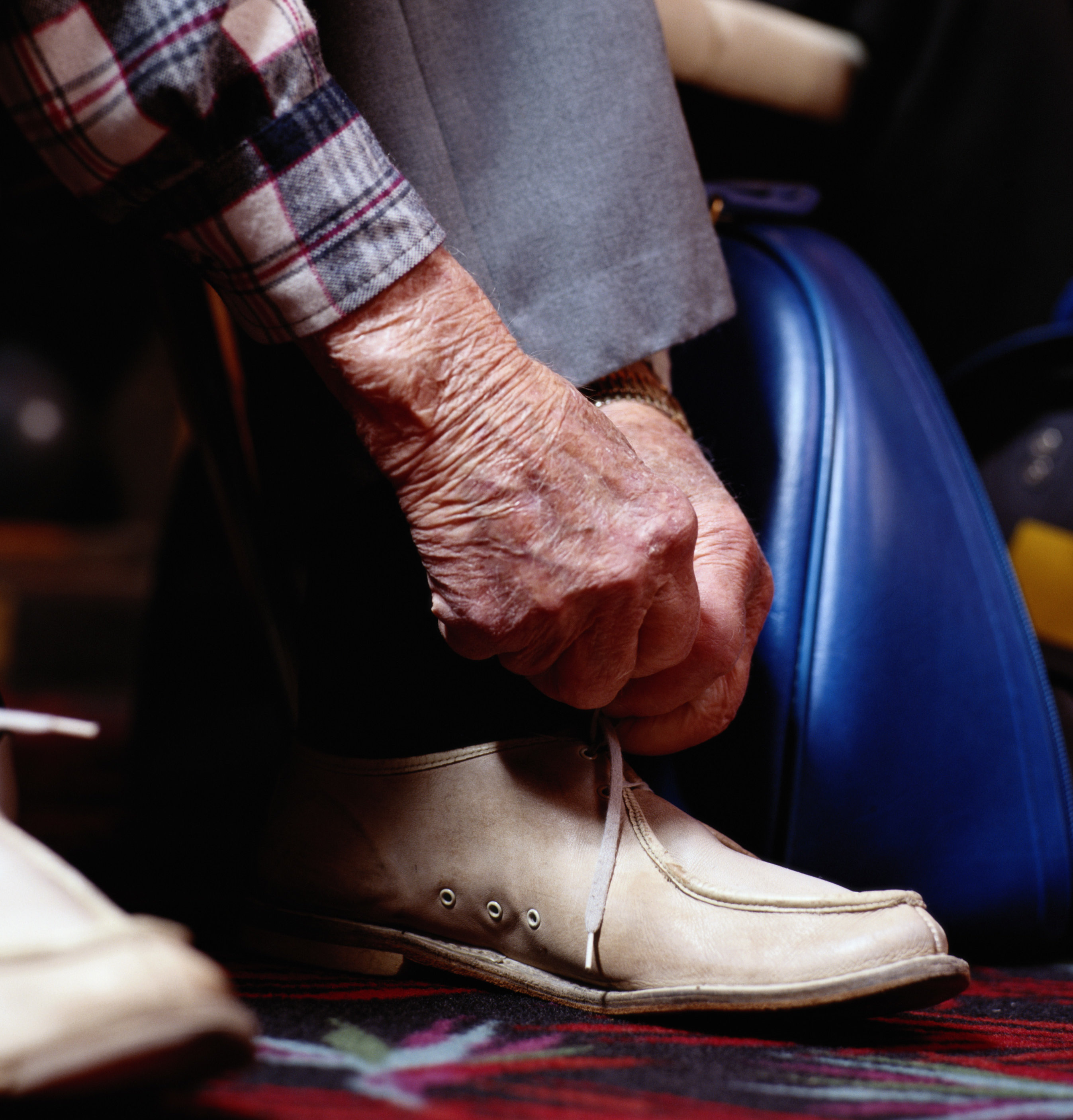These shoes are made for falling
…And that’s just what they do. No, it’s not a bad cover version of Nancy Sinatra’s sixties hit. It’s the conclusion of researchers at Delft University of Technology who have been investigating the suitability of shoes for the elderly.
When it comes to shoes, it’s never been a case of one size fits all. Yet researchers at Delft’s faculty of Industrial Design Engineering (IDE) argue that it’s not just shoe size that matters, but the shape of footwear – especially in the over 65 age bracket. Well-fitting and correctly-shaped shoes can improve balance, stability, comfort and safety. The researchers call on shoe designers to consider the unique profile of elderly people’s feet.
“After analysis of more than 50 international studies into the effects of shoes for the elderly, we can see several ways to reduce injury and lower the risk of a fall, while improving comfort and safety - all through the design of their shoes” says IDE researcher Anton Jellema. The researchers have published their findings and recommendations in a recently published article in Maturitas.

Together with fellow Delft IDE researchers, Toon Huysmans and Tischa van der Cammen of and surgeon Klaas Hartholt of the Reinier de Graaf Hospital Group, Jellema analysed the proven effects of shoe design in relation to older people. Jellema explains:
“One important finding of our research is that the profile of your foot changes as you get older. From the age of 65 your forefoot tends to widen and starts to sag. Shoes for older people are currently manufactured in accordance with standard adult shoe sizes. In short: the shoes are too narrow at the front and too wide at the heel. This leads to a decrease in comfort and stability and an increase in the risk of a fall.”
It’s crucial that comfort and stability are considered side-by-side. Professor Tischa van der Cammen explains: “Many elderly people prefer to walk in soft-soled shoes because initially, they feel more comfortable. But those soft outsoles mean you receive less feedback from the ground. You’re less able to respond to bumps or unevenness of your walking surface.”
The wider profile of the over 65’s forefoot has implications for shoe design. Jellema explains: “You can imagine that when your forefoot starts to sag, your toes flex upwards in response to contact with the floor. This movement can cause rubbing against the inside of the toe of the shoe, potentially leading to blisters and bunions.” The researchers recommend increasing the height of the front of the shoe, so that the forefoot and toes are free to move.
Of the 57 discoveries and recommendations in the study, Jellema explains that the biggest challenge facing the elderly when it comes to footwear “is doffing and donning their shoes. Older people find it more difficult to bend down to put on their shoes and tie their shoelaces. That’s why they opt for shoes or slippers which are easy to slip on and off - especially indoors. Such shoes offer little in the way of support and feedback. It’s a contributing factor in older people falling inside their own home.”
The shortfalls in shoe design for the elderly are clear. The next challenge is finding a shoe manufacturer to produce and test an improved design. Jellema says: “We believe that the shoe industry can offer better footwear for older people. We would welcome collaborations with shoe manufacturers to create attractive, comfortable and safer shoe designs for the older foot.”

Anton Jellema
- 015-27 81501
- a.h.jellema@tudelft.nl
-
Room C-3-280

Tischa van der Cammen
- +31 (0)15 27 83021
- t.j.m.vandercammen@tudelft.nl
- Publications
-
Room C-3-180
"Autonomous ageing"

Toon Huysmans
- +31 (0)15 278 1198
- t.huysmans@tudelft.nl
- UAntwerp page
-
Room C-2-210

